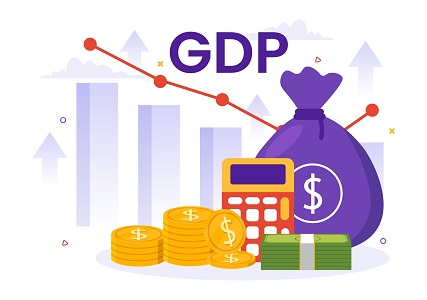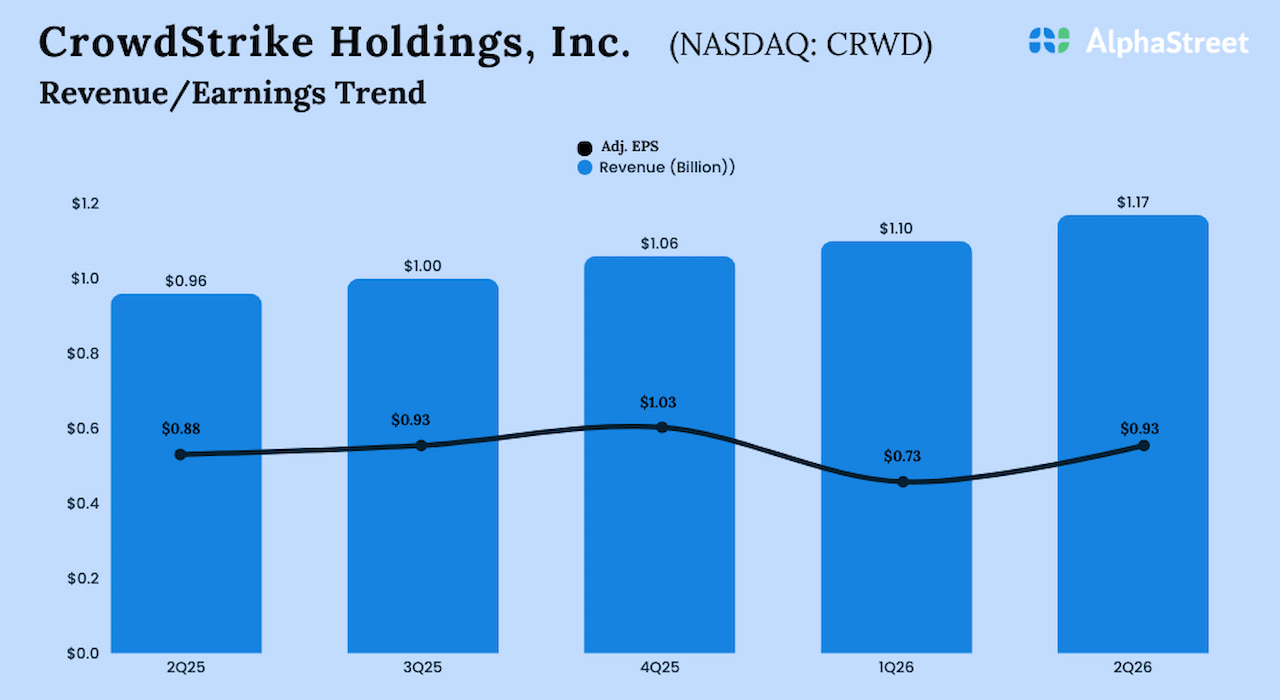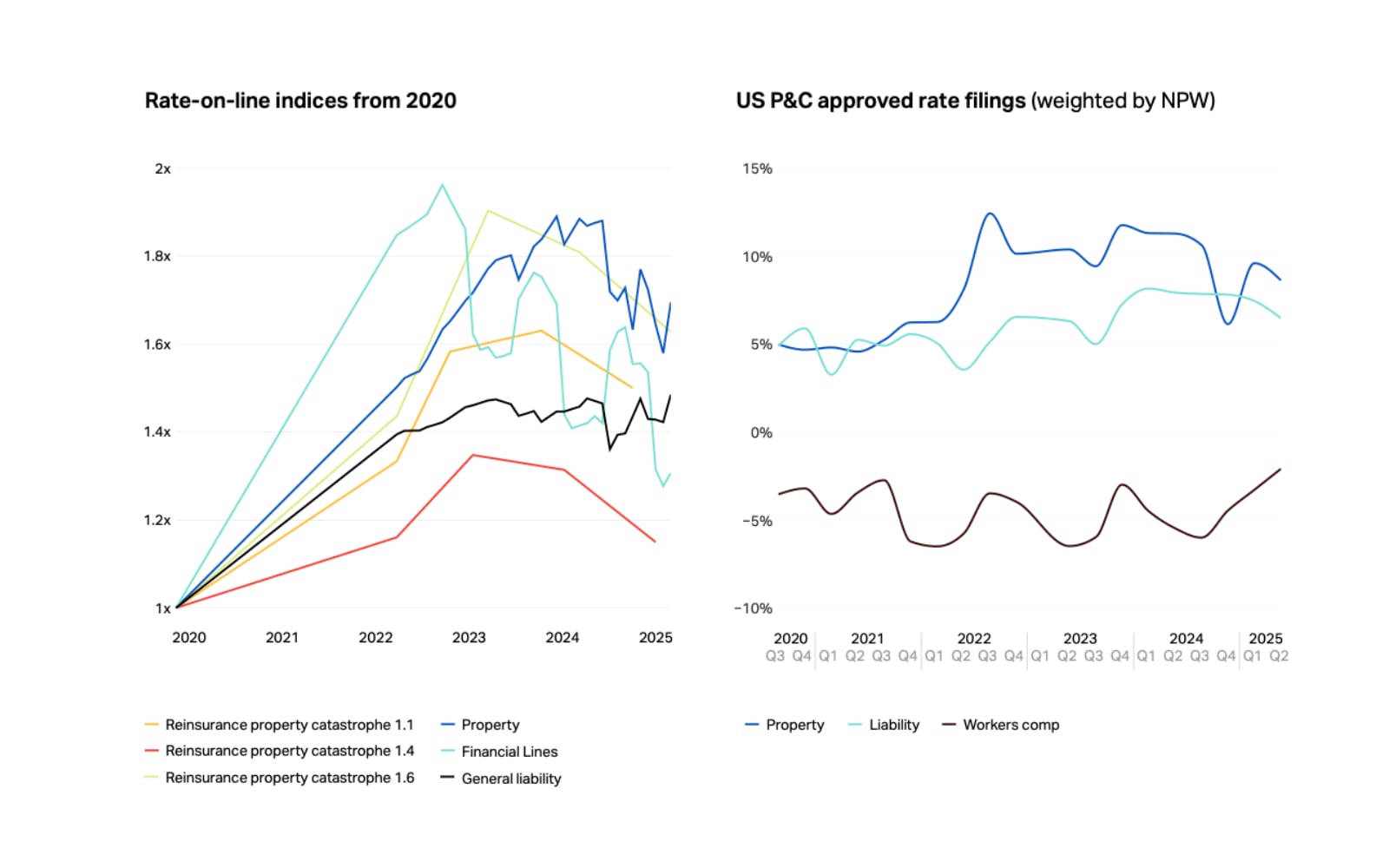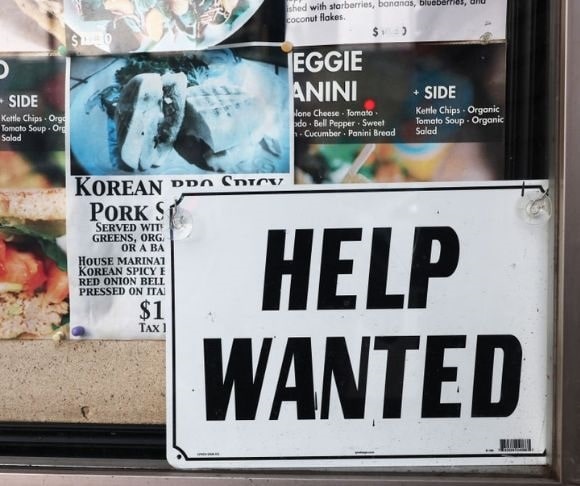Recession? What recession? The US economy is showing signs of renewed life: the January jobs report was a monster mash, the fourth-quarter GDP growth rate topped expectations, the non-manufacturing purchasing managers’ index (PMI) readings are improving, and investors are buying stocks as if the Federal Reserve just slashed interest rates. But while last month’s employment figures and the October-December gross domestic product prints were impressive, there is a bit more to the story.
Jobs Report and Q4 GDP
In the fourth quarter, the US economy expanded by 2.9%, bringing the 2022 haul to 2.1%. President Joe Biden and White House officials celebrated the news, claiming Bidenomics is a thriving economic doctrine. But the devil is in the details.
 First, only two components comprised most of the entire GDP print. Personal consumption rose 1.42%, down from 1.54% in the third quarter and short of market expectations. Private inventories increased by 1.46%, suggesting that the liquidation trend has subsided since the summer.
First, only two components comprised most of the entire GDP print. Personal consumption rose 1.42%, down from 1.54% in the third quarter and short of market expectations. Private inventories increased by 1.46%, suggesting that the liquidation trend has subsided since the summer.
For the rest of the metrics, fixed investment fell by 1.2%, representing the third consecutive quarterly decline. Non-residential fixed investment (business spending on equipment or structures, for example) edged up just 0.7%. Exports slipped 0.15%, likely due to slowing international trade, and imports advanced 0.71%. Government consumption was flat at 0.64%.
Ultimately, looking under the hood reveals the abysmal condition of the world’s largest economy. Consider this, if you focus on this measurement – real final sales to private domestic purchasers, which excludes trade, inventories, and government spending – the US economy expanded at a minuscule 0.2%. Moreover, the first-quarter GDP report will confirm whether this was a goldilocks report or a signal of a coming recession, which early forecasts say will come in at 0.7%, according to the Federal Reserve Bank of Atlanta’s GDPNow model estimate.
So, what about the astonishing, astounding, and astronomical January jobs report? It was an extraordinary number: 517,000 when economists had anticipated fewer than 200,000 positions to kick off the year. But, once again, there is more to the story. Before we get to the meat and potatoes of what might explain why there was such immense growth when all other measurements suggested a smaller print in the January jobs report, here are some key facts to digest: eight million Americans working two or more jobs, the household survey showed about 160,000 occupations, and part-time positions represented most of the gains.
The Bureau of Labor Statistics’ (BLS) plethora of data revisions skewed the January jobs report. And, of course, the changes were distorted to the upside for all monthly non-farm payroll (NFP) since June. Interestingly enough, the BLS data crunchers “cautioned” readers that they may find a litany of errors in the household data over time. Critics might suggest there is a coverup here, while others may think this is standard procedure. Whatever the case may be, the BLS cannot hide the fact that full-time employment has been weak for the last nine months.
Orange You Happy About Higher Prices?
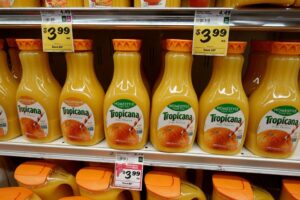
(Photo by Joe Raedle/Getty Images)
One of the top-performing assets over the last year has been orange juice, surging more than 73%. In the first month of 2023, prices have risen more than 17%. Put simply, a glass of OJ costs you more at the breakfast table. This has been a complete turnaround from the pre-pandemic landscape when it was trading below a buck on the ICE Futures exchange. So, what’s the deal with orange juice anyway?
The first critical factor has been renewed consumer demand. Since the early days of the COVID-19 public health crisis, more consumers started purchasing the beverage for its vitamins to shield themselves from catching the virus. Plus, more families were at home from work and school, so there was time to catch up at the kitchen table and drink some OJ. The problem behind this was a need for more supply, which leads us to the next culprit.
Florida orange growers suffered a tremendous setback beginning in 2016 when farmers suffered from citrus greening. This bacterial disease causes oranges to turn green and fall before they are ready for picking. This has devastated the Sunshine State because production has collapsed in recent years. And whenever a hurricane destroys crops, the situation is exacerbated. As a result, the US has had to import more oranges from Brazil.
Bidenflation

(Photo by Mario Tama/Getty Images)
It is official: The rampant price inflation that has ravaged the US economy for the last two years is not President Joe Biden’s fault. Following the monster January jobs report, the president told reporters before heading to Pennsylvania that he takes zero responsibility for the consumer price index (CPI) surging to 9.1% in June. Why? “Because it was already there when I got here,” he added. “I got here, and jobs were hemorrhaging. Inflation was rising. We weren’t manufacturing a damn thing here. We were in real economic difficulty.”
The temerity is amazing. When Biden was inaugurated in January 2021, the annual inflation rate was around 2%. So, this is a blatant fib. Biden also claims that jobs were hemorrhaging before he arrived at 1600 Pennsylvania Avenue. However, using the exact same measurement as Biden himself, the national economy was “creating” hundreds of thousands of jobs per month, although the reality is that they were returning as the country was reopening. And he purported that the US was not manufacturing anything, but industrial and manufacturing production data from before the pandemic suggest the opposite.
A chorus of economists, regional central bank reports, and market analysts agree that the current administration’s fiscal stimulus and relief programs played an integral role in 40-year high inflation. Come on, man!
Please respect our republishing guidelines. Republication permission does not equal site endorsement. Click here.













